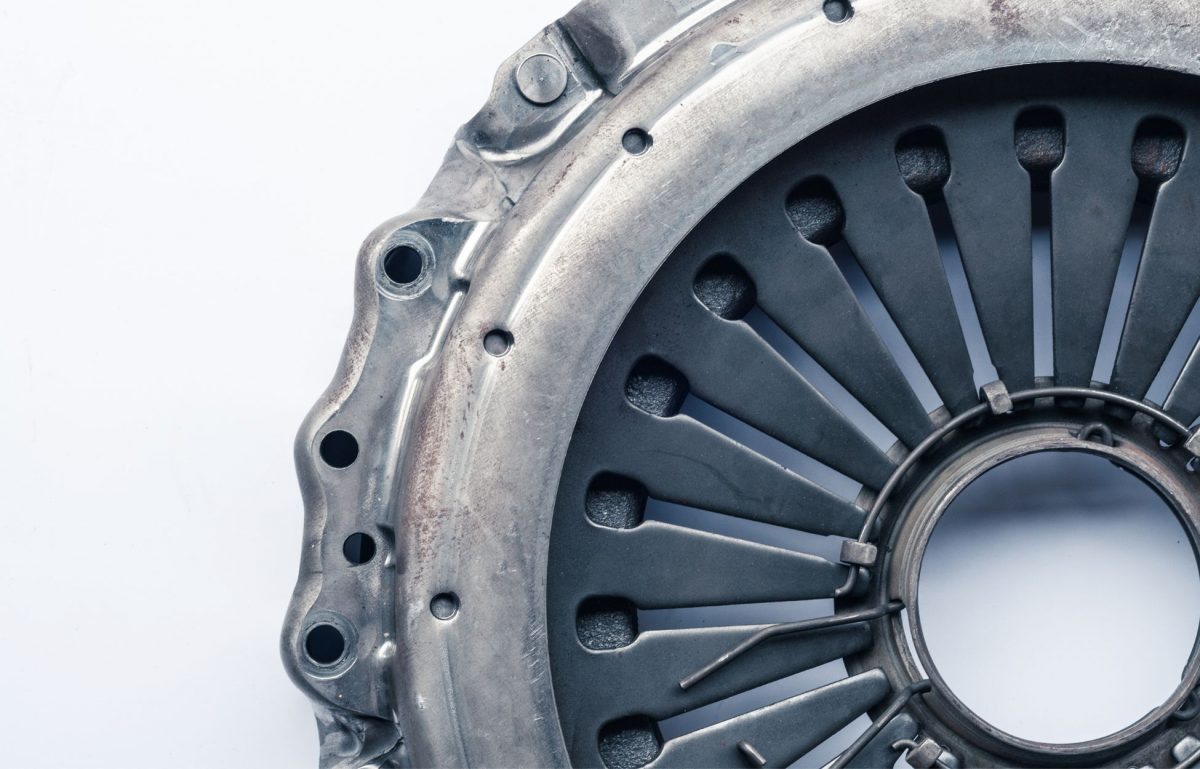So, you’re in the market for a new car, and you’re wondering whether you should choose a manual or automatic transmission. You might’ve already turned to the internet for some guidance, only to find legions of car enthusiasts passionately arguing their preferences. To aid in your decision-making, consider the basics you should know about manual and automatic transmission cars.
The Inner Workings of Manual Transmission
Let’s start with the manual transmission, also known as stick shift. Some believe it to be a rite of passage or a true driver’s test to operate a vehicle with manual transmission, while others think it’s outdated and unnecessary. Regardless of your stance, understanding the inner workings of a manual transmission can only help you make a more informed decision.
The flywheel is a hefty and hardworking component at the heart of a manual transmission. The flywheel is responsible for moving the engine’s power to the transmission, and it does so by spinning and engaging with the clutch when the driver presses the pedal. This connection between the flywheel, clutch, and your foot allows the vehicle to change gears, giving you full control over your speed and acceleration.
The Ease and Convenience of Automatic Transmission
Now let’s shift our attention to the automatic transmission, the preference of car owners who want to get from point A to point B without too much hassle. With an automatic transmission, the car determines the correct gear to be in, making life—specifically, stop-and-go traffic—a breeze.
The automatic transmission utilizes a flexplate instead of the flywheel found in our old-fashioned friend. There’s a significant difference between the flywheel and the flexplate, as the flexplate is a flexible component that connects the engine to a torque converter, which decides when to shift gears. The result is a smooth ride without the worry of stalling or shifting gears yourself.
Manual or Automatic: The Final Showdown
Ultimately, the choice between manual and automatic transmission depends on your preferences and driving habits. If you’re looking for full control over your vehicle and enjoy a more engaged driving experience, manual transmission might be the ideal option. However, if you’re often in stop-and-go traffic or want a more relaxed driving experience, an automatic transmission is the answer.
Just remember to consider your lifestyle and location when making a decision. For instance, manual transmissions might work better for those who drive in rural areas with fewer traffic jams and longer stretches of open road, while automatics may suit city dwellers who have to navigate congested streets.
Final Thoughts
Now, you know the basics of manual versus automatic transmission cars, including the major points where they differ and the advantages each brings. As long as you do your research and determine which transmission type is ideal for your particular setting, you will find the perfect car.













